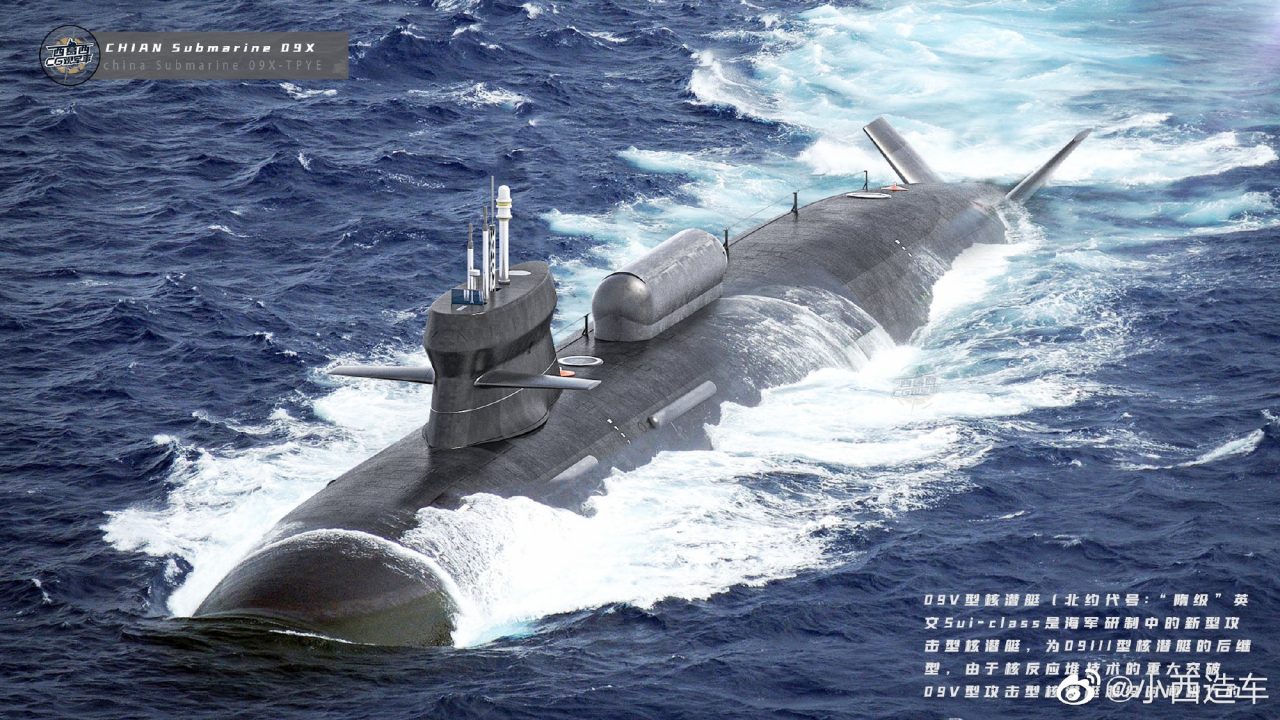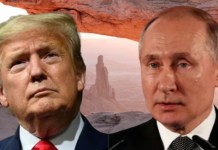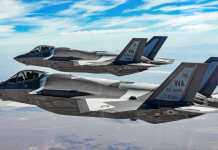Australia will spend $3.6 billion ($2.58 billion) on the purchase of 120 tanks and other armored vehicles from the United States, Australian Minister for Defense Peter Dutton said on Monday.
“Teamed with the infantry fighting vehicle, combat engineering vehicles, and self-propelled howitzers, the new Abrams will give our soldiers the best possibility of success and protection from harm,” Dutton said as quoted by the Sydney Morning Herald.
According to the newspaper, a $2.58 billion purchase will include a batch of 75 upgraded M1A2 Abrams tanks, which will replace 59 M1A1 tanks purchased in 2007.
At the same time, 29 assault clearing vehicles used against minefields, 17 bridge landing vehicles and six repair and evacuation tanks will be purchased. It is reported that the first batch of such weapons will be delivered in 2024 and put into service from 2025.
On October 9, the US approved a nearly $1 billion sale of 12 Sikorsky MH-60R Black Hawk helicopters to Australia.

In September, Australia, the United States and the United Kingdom announced the new trilateral defense partnership, which forced Canberra to give up on a $66 billion contract with France to develop 12 state-of-the-art conventionally powered attack submarines, as the alliance promises to enhance Australia’s fleet with nuclear-powered submarines.
Australia’s new project will take 18 months just to select a model of a submarine in the US and UK under the AUKUS partnership. However, the Australian Strategic Policy Institute believes that the deal will provide Australia with a regional strategic advantage.
Australia Building Military Might
Earlier, Australia and Japan signed a new agreement to strengthen collaboration between the two countries in the field of defense and security, Australian Prime Minister Scott Morrison said on December 6.
“Prime Minister, today we demonstrate the strength of our bonds as we sign our Reciprocal Access Agreement, the first of its kind for Japan. The RAA [Reciprocal Access Agreement,] is a landmark treaty that opens a new chapter for advanced defense and security cooperation, in what is a complex and rapidly changing world, something you and I both understand very well,” Morrison said to Japanese Prime Minister Fumio Kishida during a virtual meeting.
Morrison also said the pact will strengthen “more complex engagement, interoperability and cooperation” between the Australian and Japanese forces.
In November 2021, Morrison said Tokyo and Canberra had reached an agreement in principle on the Japan-Australia Reciprocal Access treaty that would deepen the countries’ strategic and security relationship.
The Reciprocal Access Agreement will expand interoperability and collaboration between the Japanese Self-Defense Forces and the Australian Defense Force by eliminating limitations on the movement of weapons and supplies for cooperative training and disaster relief missions.
In late 2020, Japan and Australia stated that they would work to reduce legal and administrative barriers to their forces visiting each other’s nations, encouraging more collaborative training and prompt military assistance.

With this deal, Australia has become the second country to have a formal defense treaty with Japan, after the US.
It comes as the United States, a key ally of both nations, seeks to strengthen defense collaboration in the face of China’s growing military influence in the region. The three nations, along with India, are part of a larger association called Quadrilateral Security Dialogue or QUAD.
More robust security ties are developing among QUAD partners to address common concerns about China in the Indo-Pacific region. European countries have also begun taking a greater interest in the security issues of the region.
The new treaty, according to the Australian Prime Minister, is a statement of the two nations’ commitment to work together in meeting the shared strategic security challenges and to contribute to a secure and stable Indo-Pacific. Morrison said that the cooperation also includes an expanding agenda for QUAD with India and the United States and a shared technology-led approach to reduce carbon emissions.
Japan’s Prime Minister Fumio Kishida said, “Based on the principle of a free and open Indo-Pacific, I want to raise cooperation with the US, Australia and India and build close ties with their leaders through close consultations.”
“We share with Australia the basic values of freedom and democracy,” Japanese Chief Cabinet Secretary Hirokazu Matsuno told reporters on January 5. The two leaders aim to address issues of mutual concern, including national security, the economy, and regional affairs, in order to improve bilateral ties and cooperation toward a free and open Indo-Pacific, he added.

As expected, the development has not gone down well with China. Chinese Foreign Ministry spokesperson Wang Wenbin said that agreements between countries should promote peace and “not target any third parties.” “The Pacific is vast enough, there’s enough room for shared development for all,” he said, noting that China hoped people would not be “stirring up trouble” in the region.
The Japanese prime minister said on January 4 that he had planned an in-person meeting with Morrison but had to shift it to a virtual mode in order to deal with the recent spike in Covid-19 cases.
- Contact the author at ashishmichel@gmail.com
- Via Sputnik News Agency
- Follow EurAsian Times on Google News




